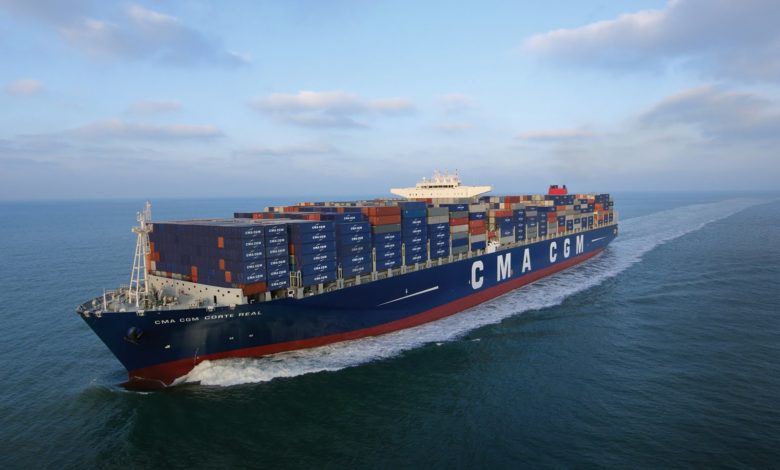Temporary truce reached on Asia-Europe

Carriers are making money finally on a key tradelane, but challenges lie ahead, warns SeaIntel’s Lars Jensen.
In the period 2011-2016 the Asia-Europe market was subjected to escalating levels of freight rate volatility, outright rate wars and far more blank sailings – the industry’s euphemism for cancelling promised products.
In 2017 all of this has been completely reversed. The spot rate levels have become extremely stable – the volatility measured as the difference between the highest and lowest spot rates has dropped by more than 70% compared to the past six years. The freight rate wars of 2016 which drove spot rates to near zero levels was effectively cancelled since the Hanjin collapse.
Blank sailings have been all but disappeared as the service integrity level reached 99.5% in the second quarter this year to North Europe and 98.8% to the Mediterranean. A stark contrast to the same period in 2016 where the corresponding service integrity was a low 86.5% and 92.5%.
Additionally, the combination of a surge in backhaul demand and the need for carriers to switch into new networks led to a temporary spike in backhaul freight rates in spring 2017, at one point even seeing back haul spot rates reach the same levels as the head haul spot rates.
All in all, this is a very positive development for one the world’s major backbone trade lanes. The stabilisation of this particular trade is a key ingredient in solid improvement in container liner results we have been seeing in the second quarter. And even though shippers might to some degree lament the fact that freight rates are increasing, it is a fact that carriers do need to show a decent level of profitability in order to provide stable services to the shippers – a fact so clearly exposed when Hanjin collapsed.
We have finally switched from a bear to a bull market in Asia-Europe in 2017. The interesting question is whether it will last. From a demand perspective, it appears we are back to a norm of 3-5% annual growth, with 2017 being at the higher end of the growth spectrum. But looking at the coming 18-24 months we do see a potential challenge coming. The main alliance carriers have very different orderbook profiles with some having almost no mega vessels left on order, to carriers with multiple series yet to be delivered.
From an alliance perspective, 2M stands to grow their collective capacity by 7% and THE Alliance stands to grow slightly short of 10%. Including MSC’s recent nine-ship order for 22,000 teu giants, this only brings 2M’s capacity growth to slightly short of 10%. Provided we maintain a healthy demand growth, this appears balanced.
However, the Ocean Alliance stands to grow 21% and even though CMA CGM’s new order of 22,000 teu vessels pull the number upwards, the key driver of growth is actually Cosco and Evergreen. As the vast majority of vessels to be delivered are mega vessels, these will make it into the Asia-Europe trade, and hence it is equally clear that if the Ocean Alliance intends to have a high degree of utilisation on their new vessels, they need to increase their Asia-Europe market share significantly in the next 18-24 months.
This article first appeared in the latest issue of Maritime CEO magazine, published this month. Splash readers can access the full magazine for free by clicking here.
